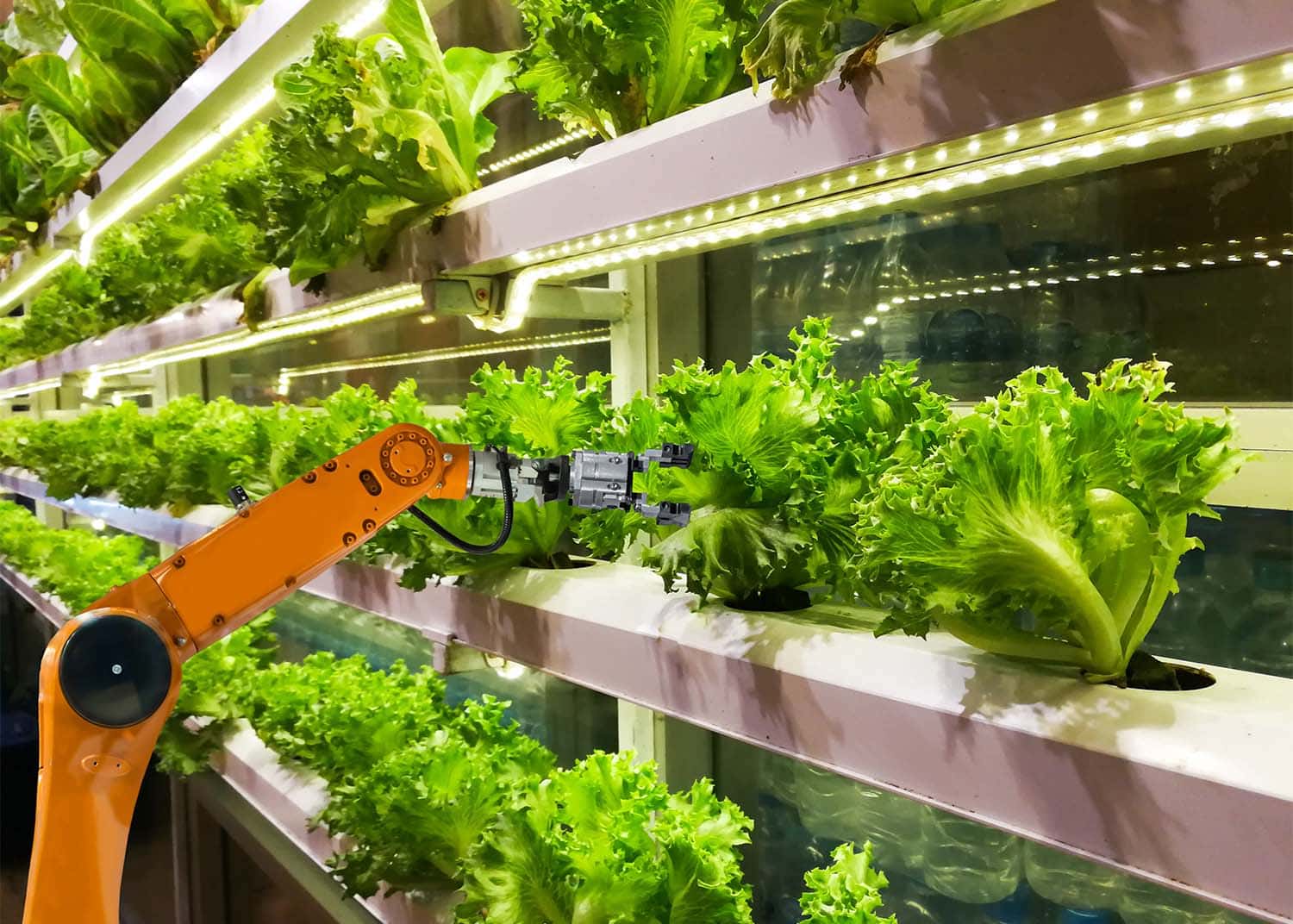
As orange and blue blanketed the Capitol for Gator Day, folks from the University of Florida’s Institute of Food and Agricultural Sciences (UF/IFAS) presented about advancements in agriculture technology to the Senate Agriculture Committee on Tuesday.
IFAS also provided free samples of various oranges and orange juice, along with a new grapefruit that has been taste-tested to appeal to more citrus consumers.
“We are here to show that we are good stewards of the money that we receive from the state,” said Ruth Borger, IFAS Assistant Vice President of Communications. “We are sharing varieties of the fruit we have developed with this funding. We are creating viable solutions today that have an impact on agriculture, which is driving Florida’s economy and creating jobs.”
Kati Migliaccio, Chair of Agricultural and Biological Engineering at the University of Florida, presented on precision agriculture, the high-tech sector of agriculture that provide cost efficiencies and environmental benefits for growers and the public.
“This will change how we produce food on Earth,” she told the committee. “We are using the tiniest sensor that can be made with 3D printing along with rovers, drones and satellite data that can be processed into a decision tool that anyone can understand and implement.”
Precision agriculture is predicted to be a more than $14 billion industry by 2026, she said. Advances in technology, including wireless networks, smartphones and Bluetooth capabilities, allow most farmers the ability to use the upgraded technology.
The technology used provides much more specific information to growers on nutrient application, pesticides, labor, fuel and water usage that traditional methods. Migliaccio gave one example of an IFAS pilot program that used traditional samples to create a plan versus a drone program, which reduced the time from 8 hours to 30 minutes and the cost from $10,000 to $100.
Precision agriculture could provide more food for a growing population, reduce costs for growers and consumers, bring better job opportunities to rural areas, and benefit the environment.
“Technology for agriculture is vastly different now than even two years ago,” she said. “With this particular technology, everyone benefits.”


